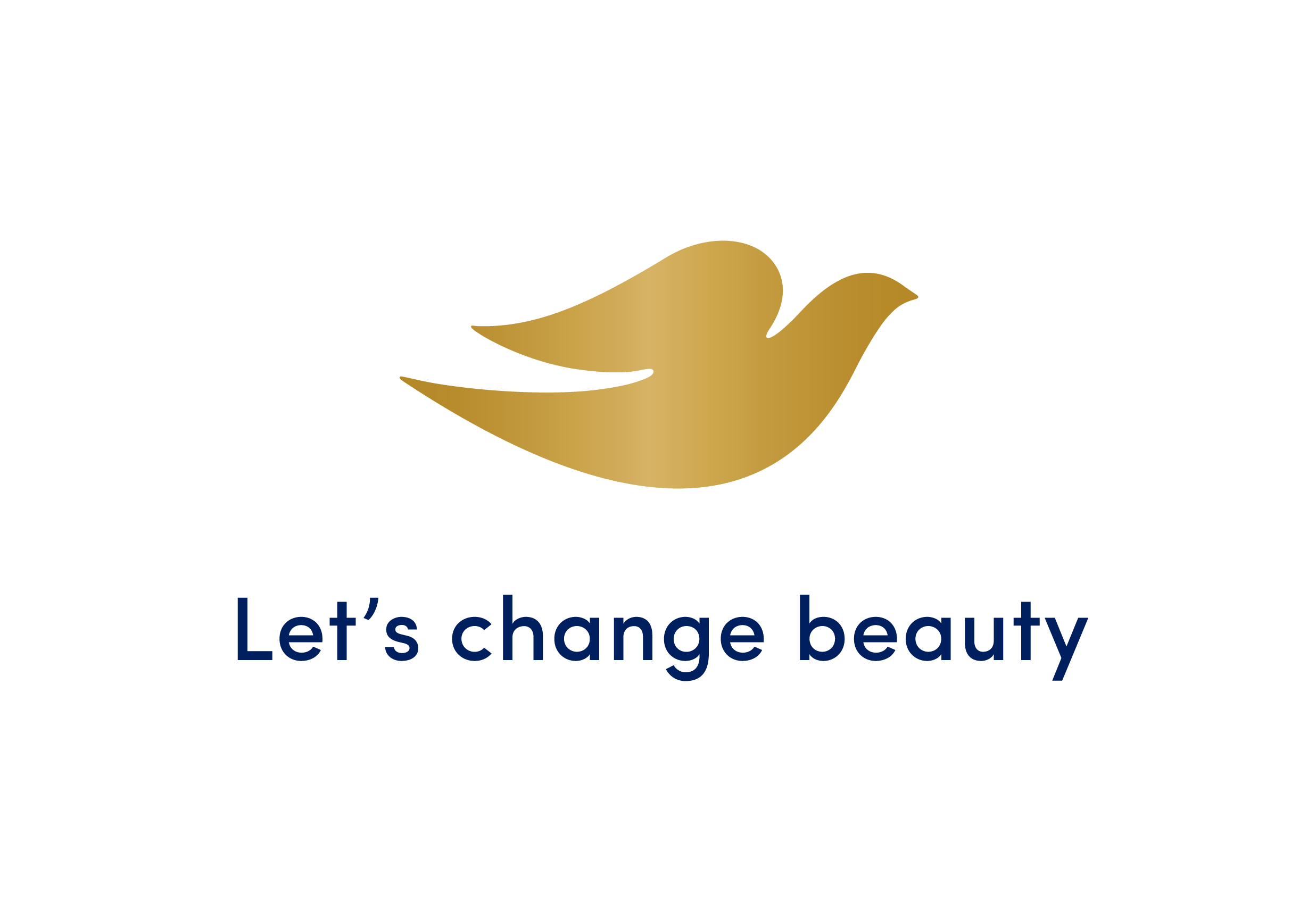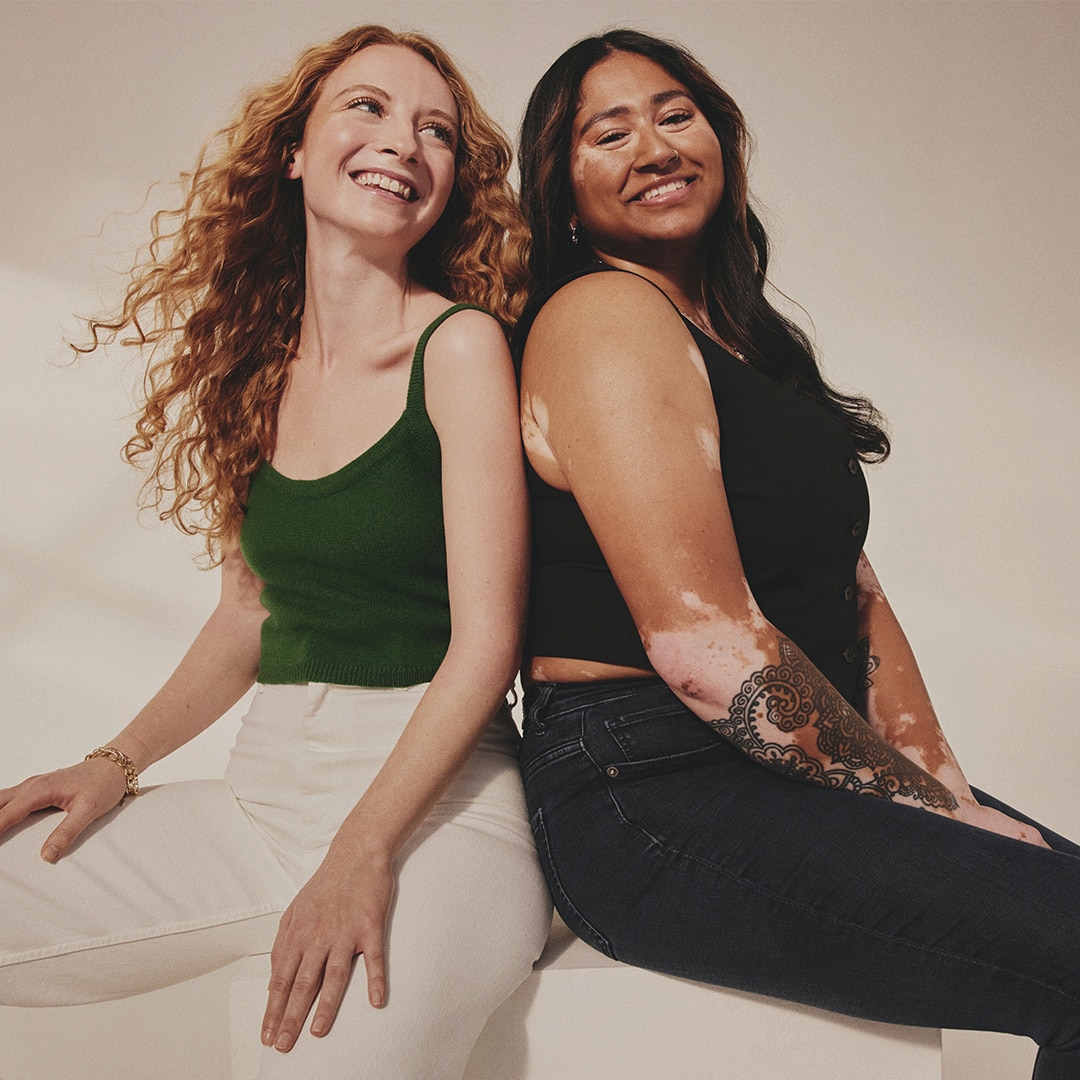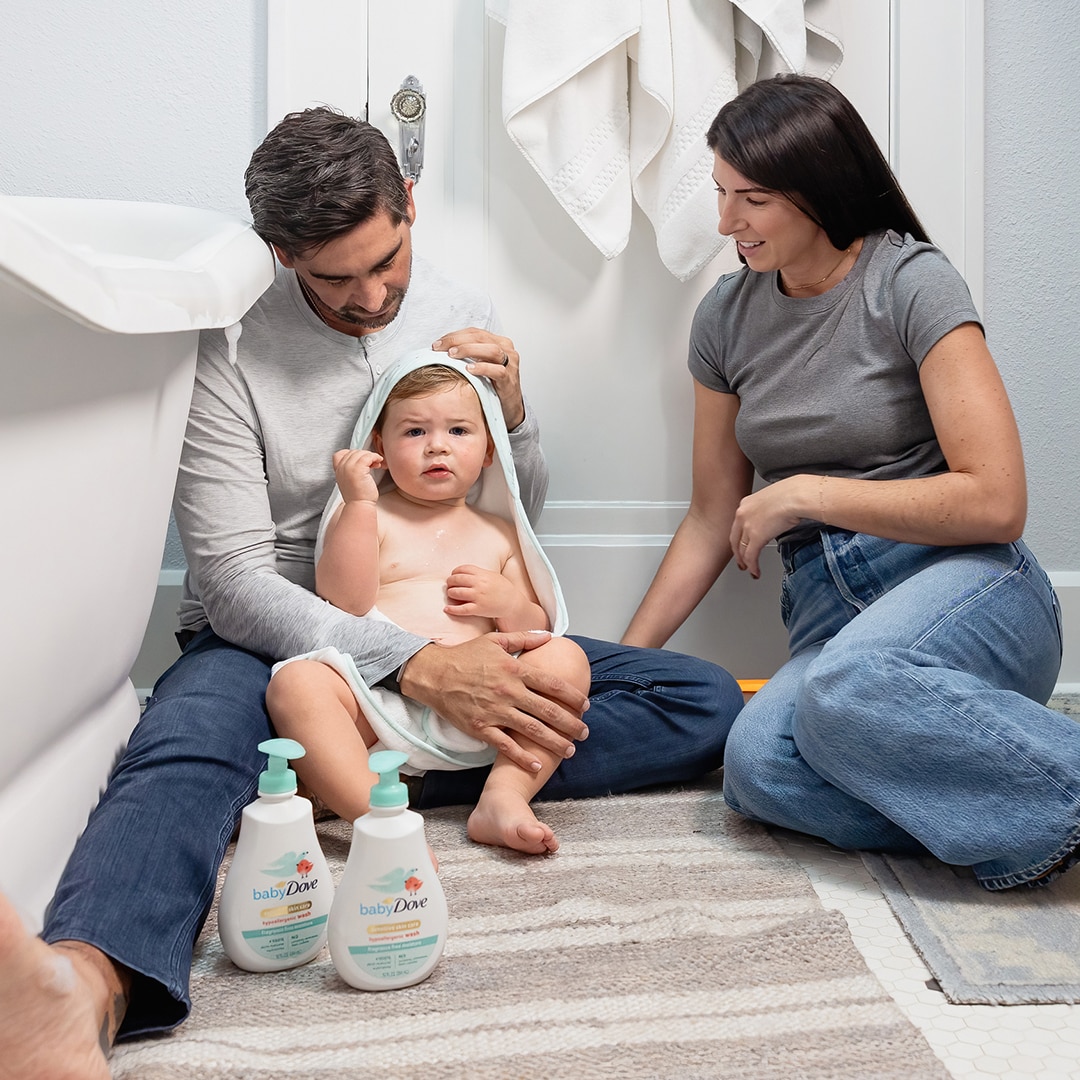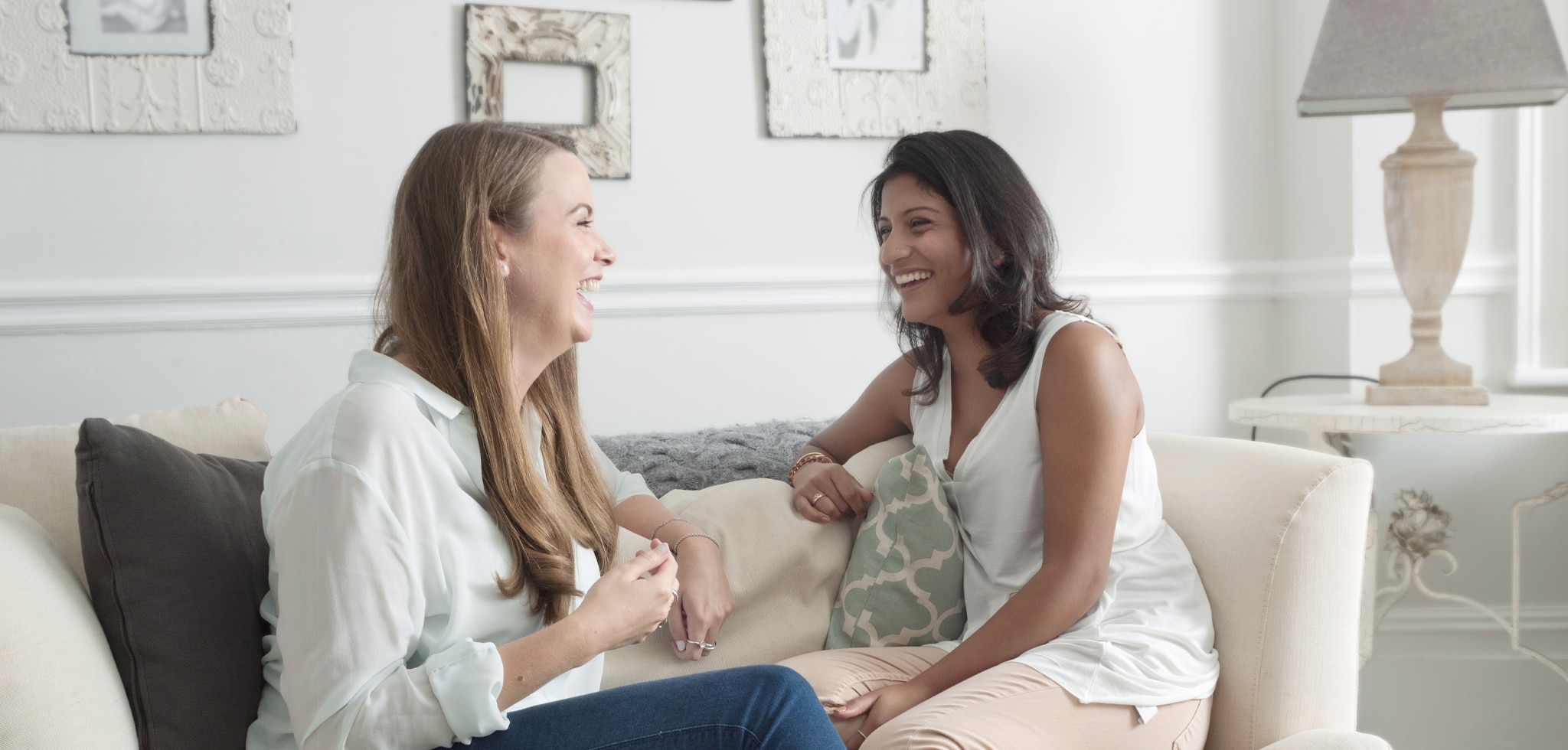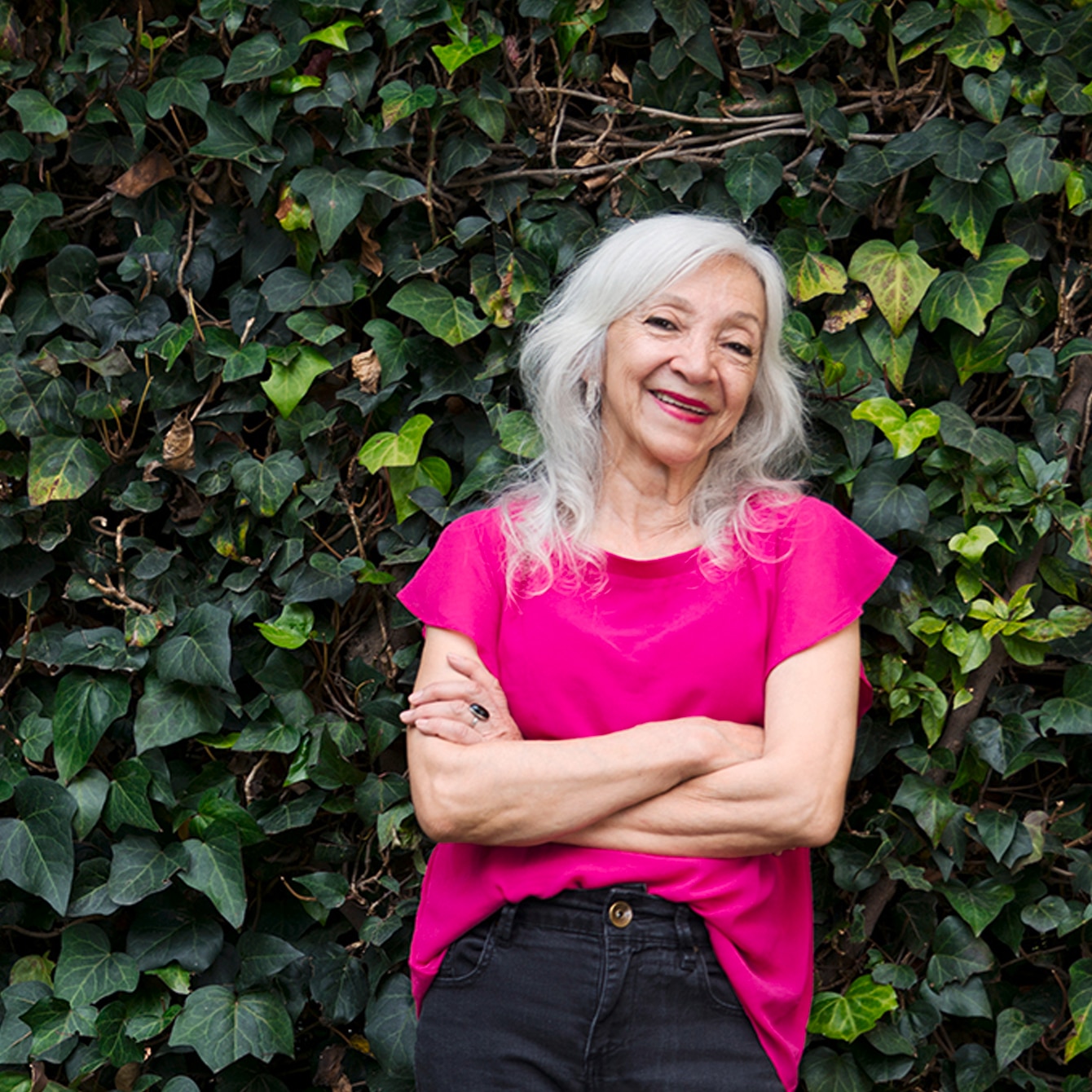Unconscious bias (also known as implicit bias) is an opinion or stereotype, typically about groups of people, which exists in our subconscious and impacts our attitudes and behaviors towards others. Unconscious bias exists due to the way our brains process and organize the huge amount of information we are confronted with each day. To give meaning to the world, the brain categorizes things into groups, which are subconsciously labeled as ‘good’ or ‘bad’, resulting in bias.
Unconscious bias meaning
Unconscious bias is shaped by a wide variety of factors, including your background, personal experiences, culture and societal stereotypes. Although often raised in the context of gender or race, unconscious bias can be formed about a wide variety of characteristics – such as sexuality, ethnicity, religion or belief system, profession, age, body size, language, disability, name and many more.
Conscious and unconscious bias are different: conscious biases are biased opinions we are aware of and form intentionally whereas you are not aware of unconscious biases, and they can actually oppose the values you believe you hold which is what makes them so detrimental.
Counteracting unconscious bias
Dealing with unconscious bias is essential to ensure we treat others fairly. To overcome it, we must first become aware of its presence and the hidden prejudices that affect our opinions and actions.
Entrepreneur and author Valerie Alexander hosted a TED Talk entitled “How to Outsmart Your Own Unconscious Bias” and offered the following guidance on how we recognize it: “When we stop and examine our own behavior, we can catch ourselves having different reactions to, and expectations of, people simply because they don’t look like us, or worse, because they do.”
Recognizing unconscious bias in yourself and others can be as simple as examining lifestyles and people within them: are all your friends the same race and sexuality as you? Does your workplace typically hire people with similar backgrounds? Are the neighbors you socialize with those that share the same characteristics as you?
Identifying existing bias is the first step, but they are tricky to overcome – biases are reinforced every day by the world around us, often fuelled by the dominant culture you exist within.
Counteracting unconscious bias involves implementing practical strategies for behavioral change. First, we can teach ourselves to challenge our thoughts and look for opportunities to expand our experiences with people from diverse backgrounds that don’t match our own.
To challenge this, try taking a step back and evaluating your interactions with others: you can question your own motives and attitudes to see if they are formed through the lens of unconscious bias. You can also aim to increase your interactions with people who look, think and act differently than you do.
Another element is avoiding making decisions quickly or when tired: we are more likely to be influenced by unconscious bias when not taking time to deliberate and consider why we are making a choice. For example, imagine you’re doing a job interview: the quick, easy decision might be to hire someone who looks or behaves like you because you assume you’ll work well together, but unconscious bias could be leading you to think they are the right candidate without adequate consideration.
Challenging unconscious bias takes time and effort, but is a worthwhile endeavor that will benefit everyone in society.
